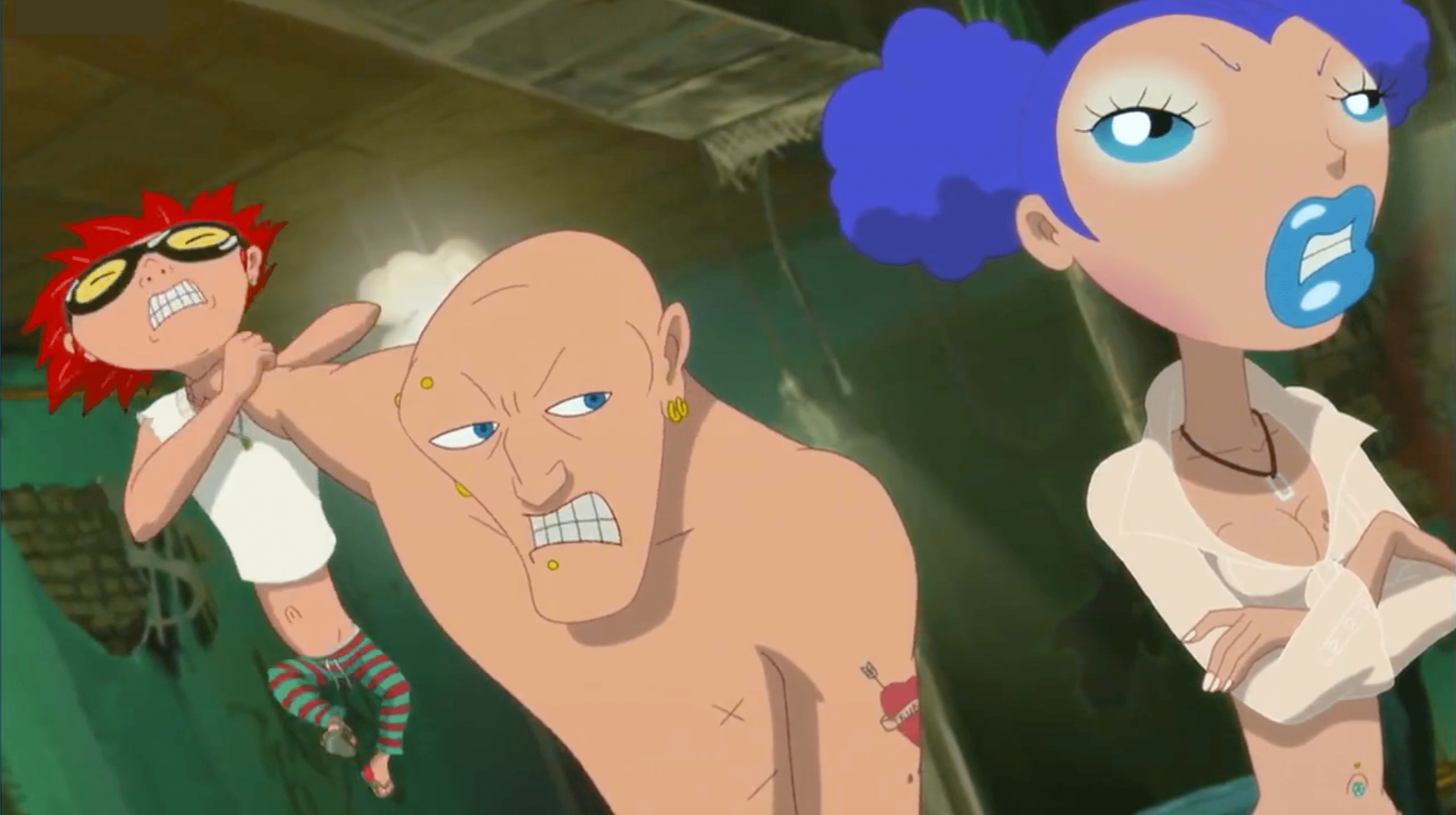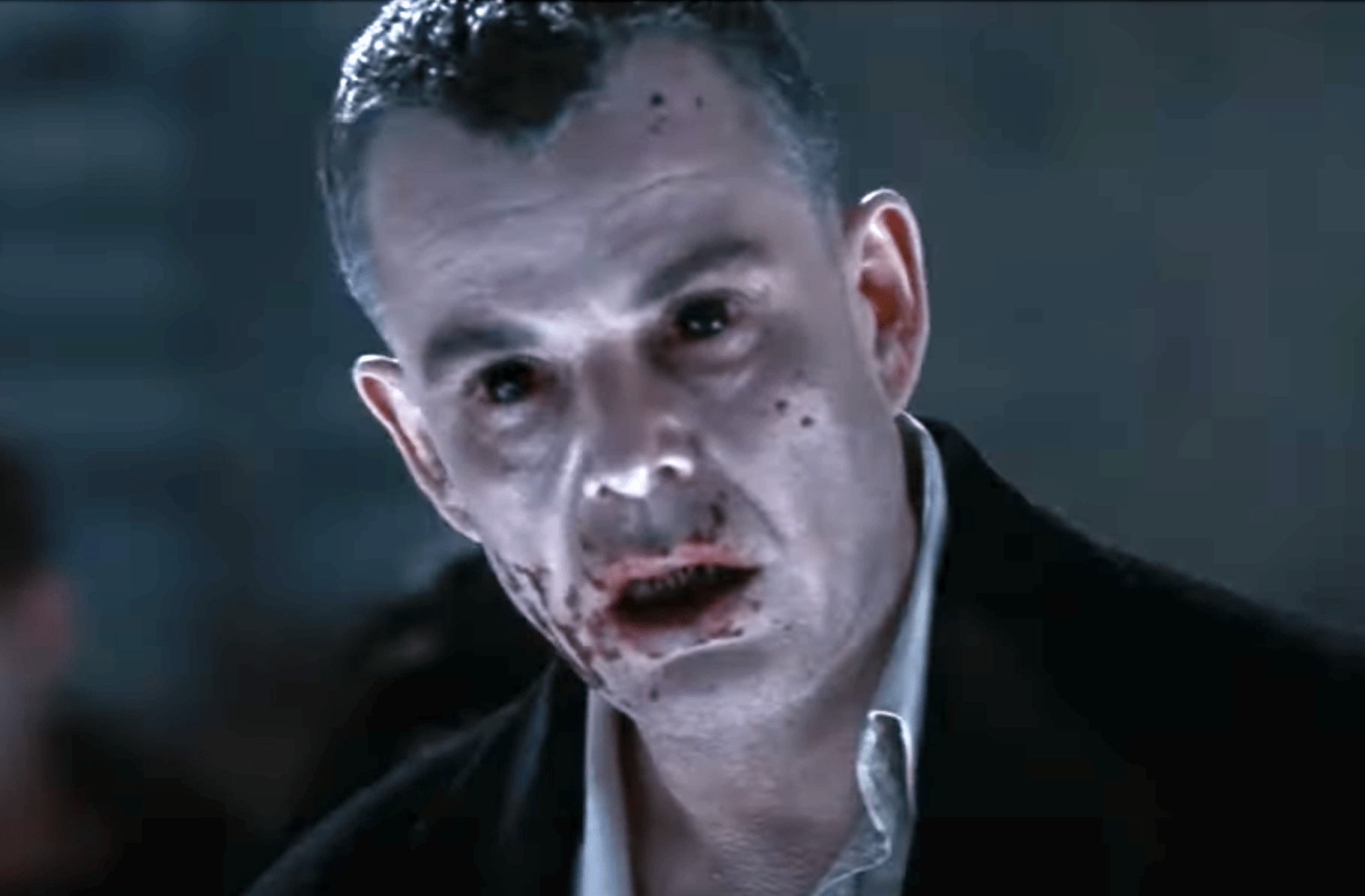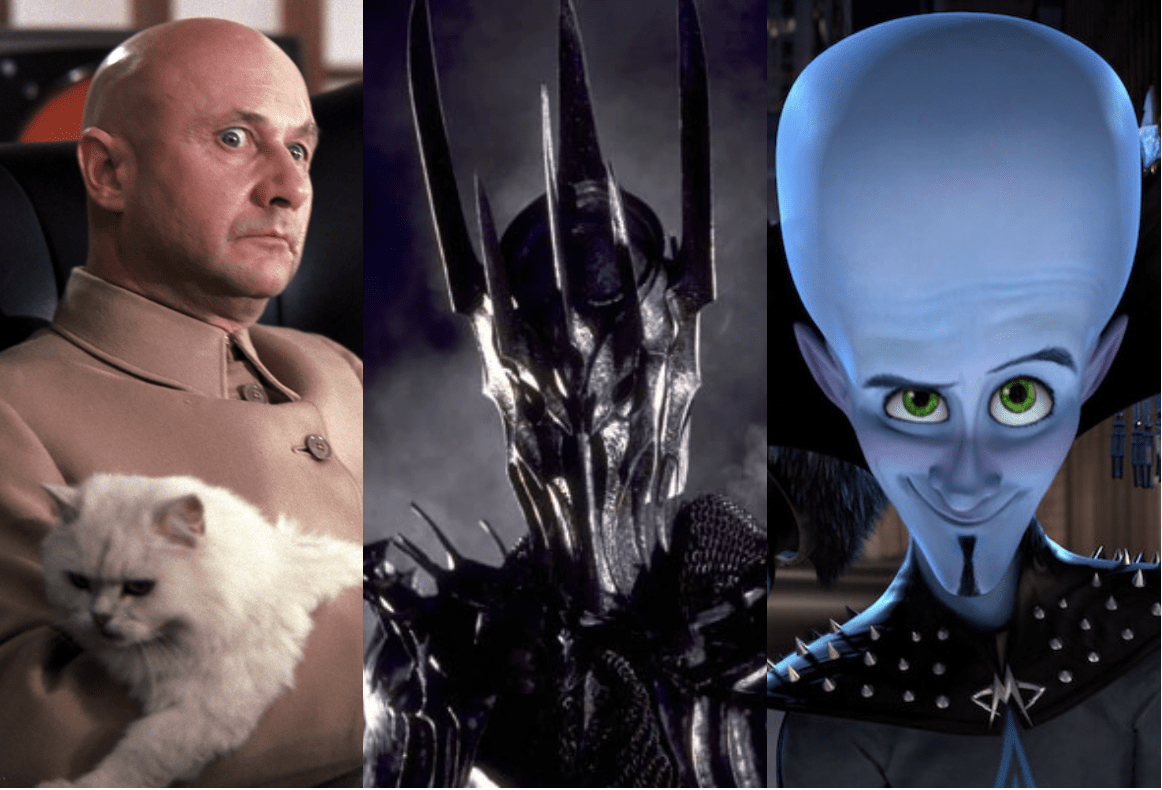
Tsai Ming-liang films can be difficult to watch. The slow pacing is sometimes challenging, the randomness as well, and his films can also burst into violence in ways that leave you shaken. I found the Wayward Cloud very disturbing for this reason. It was a funny and absurd film with a dark undertow, but the sudden eruptions of violence and /or painful imagery were very unsettling.
Tsai Ming-liang made The Wayward Cloud in 2005. He made Dong (The Hole) 7 years earlier in 1998. Only having seen a few of Tsai Ming-liang’s films it seems as though they are getting more mannered and intense. This of course could be seen as a good thing, but turning up the volume appears to have fractured the structure and Tsai Ming-liang loses the atmospheric glue that holds everything together. The abrupt and bizarre imagery just breaks into separate elements that do not necessarily feed off each other.
The Hole strikes a better balance that allows for strange associations and even some amount of discontinuity without losing a sense of what is going on. The Hole is a deeply affecting film and delivers a rich, dark message that touches both the dreamy world of fantasy and the gritty world of everyday life.
Both The Hole and The Wayward Cloud present a world that has lost all value. People continue their lives more out of habit than any joy or desire. For all the intensity of The Wayward Cloud, this brutal malaise is more palpable in The Hole. The world is ending, it’s no longer able to function and both the people and the physical structures in which they live are falling apart. People have begun throwing their garbage out their windows because they just don’t care anymore. As characters walk through the landscape occasional plastic bags will randomly drop from the sky. It’s a perfect example of Tsai Ming-liang’s dark humor. The visual is jarring at first, then as you figure it out it’s absurd and funny, and then as it persists it’s tragic and dark.
The Hole takes place in Taiwan during a viral epidemic, and yes there are some amazing moments in the film that seem to predict the events of 2020. At one point we hear the television news in the background. The reporter says, “A French virologist from the Institute Pasteur, Dr. Carpentier, suggested that the virus be called ‘the Taiwan Virus’ and the epidemic ‘Taiwan Fever.’”
Tsai Ming-liang couldn’t have known the American public would elect a psychopathic game show host as their president, or that said psychopath would try to spin a racist angle on a pandemic, but the fact that pandemics can be opportunities for racist rhetoric is a bit more foreseeable.
The virus in The Hole makes people behave like cockroaches. It’s an obvious reference to Kafka’s Metamorphosis. People are so beaten down by the drudgery of life inside a crumbling capitalist society that their anxieties take the form of a delusion which reveals what has happened to their sense of self. Cockroaches are not only lowly creatures but nameless and unimportant members of an ever-multiplying swarm, a pointless mass of life that persists despite our efforts to crush it.
The film takes place in a dark, decaying tenement building. Such buildings appear in many of Tsai Ming-liang’s films like Stray Dogs, as well as The Wayward Cloud. In The Hole, the apartment building is not only falling apart but is leaking. There is a constant heavy rain throughout the film. The buildings are slowly giving way to the deluge and so water is everywhere, pooling in the stairwells, dripping from the ceiling, splashing on the windowsills. As the leaking water drips from one floor to the next it links tenants together. The building is mostly deserted, but fending off the constant rivulets and leaks takes the cooperation of the few that are left.

All the elements in the film link together into a web of angst and defeat. Everything is a losing battle. The virus is taking over, cockroaches are multiplying, the rain never stops, and slowly the infrastructure is failing. One day the electricity goes off, another day there is no running water. The city is trying to isolate the regions that are contaminated by the virus and have told the occupants of certain neighborhoods to evacuate but there are hangers-on who try to make do.
The film centers around the relationship between two tenants. A woman who lives alone, and the man who lives in the apartment just above her. They are trying to solve the leaking problems and as a result, a plumber makes a hole in the man’s floor which leads directly to the woman’s living room ceiling. The situation is full of different possible interpretations. The hole has strong sexual undertones. The two tenants seem attracted to it like a curious adolescent discovering his or her own body. The male tenant sticks his hand in it to explore its features. Over time he begins slipping other body parts in and seeing how much of himself he can fit through it. It’s almost like an effort to return to the womb. Down below the female tenant is similarly exploring her end. Both of them stare into it as if it will lead somewhere other than just another apartment. It provides a sexual connection between the two characters without there being an actual sexual encounter and in this way manages to both separate them and unite them at the same time.

The hole is also scatological. It is an orifice that rains down the repulsive refuse from the man’s apartment into the woman’s. In a drunken stupor, he vomits down the hole. Another night he pours some soup into it. The hole is also an escape route. It is a way out of their little isolated apartments to something unknown. The hole is a passage between the conscious and the unconscious, or between the upper class and the lower class, or heaven and hell. All of these possibilities are hinted at until the hole feels like something magical. It’s both a dismal result of the building’s degradation as well as a hopeful chink in the dreary reality of their surroundings a bit like the hole in Jens Lien’s 2006 film The Bothersome Man.
Most of all the hole is a connection. The man and the woman who lives beneath him hardly know what to do with themselves never mind each other. There is very little dialogue in the film. Mostly the characters wander aimlessly through routines. The hole provides an opportunity to reach out to people who aren’t sure if they want to reach out.
There are some similarities between The Hole and Bong Joon-ho’s Parasite. There is the same concern for class disparities and the feeling of worlds colliding. The tenants in Dong are marginalized masses left to fend for themselves. The two apartments are reminiscent of the old comic image of one outhouse on top of another.

There is however one incongruous bubble of glamour that periodically appears. Just as in his film The Wayward Cloud, Tsai Ming-liang interrupts the drudgery of existence with occasional musical numbers. In The Wayward Cloud, the musical numbers were strange, garish departures from the fabric of the film, but in Dong, the musical numbers manage to walk a line between comically incongruent, while still being related. In one scene the elevator doors open, and the woman inside suddenly strikes a pose. Behind her, in the elevator car, are a few flickering fairy lights on a wire. She is in a sequin dress and she sings a lonely love song to the cavernous empty lobby. It’s a moment of glitz and optimism but feels hollow in the decaying loneliness of the building. The awkward, inappropriate nature of the whole scene makes it feel like a parody of a daydream, almost as if it is teasing the dreamer.

The musical numbers are sweet and nostalgic but they never fully blossom into an all-out Rogers and Hammerstein style productions. The grime of the environment still exists around the singers. We see doo-wop girls, and men in tuxedoes, but the lighting only changes slightly. The dreams are ethereal follies but they don’t manage to fully transcend their surroundings, instead, they haunt the building like fading memories.
There is a sociological edge to the songs as well. The dreamy images have a tantalizing air of affluence and carefree privilege that mock the dispossessed and marginalized occupants of the building. They are like the forced grimace of happiness that television commercials try to entice consumers with.
The comical optimism of the music, the dark horror of a doomed world, the awkward love affair that connects our stumbling and pathetic protagonists, the slow, empty pacing, and the heavy pall of angst create an uneasy but compelling whole. We see a world that has progressed past ours and reveals what could be our future. A “post” world where progress, innovation, discovery, and exploration are all in the past. All that remains is the momentum left by all the efforts and hopes of the past as everything slowly coasts to a halt. Humankind doesn’t go out in a blaze of glory, it fizzles out slowly over time as we continue to go through the motions for lack of anything better to do.

If you enjoyed this article click here for more
www.filmofileshideout.com/archives/reconciling-the-wayward-cloud




[…] If you enjoyed this article click here for morewww.filmofileshideout.com/archives/if-you-havent-seen-a-tsai-ming-liang-film-start-with-the-hole […]